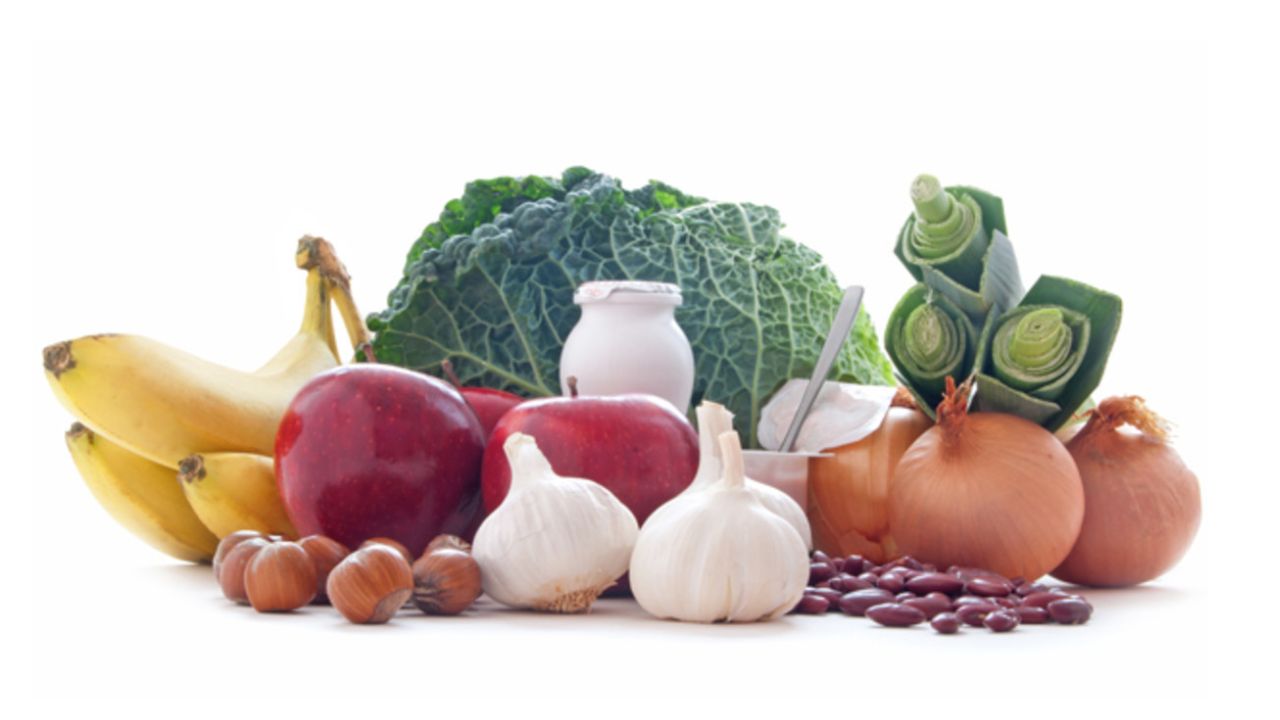In our gut, more than 100 trillion microbes controls a variety of vital bodily processes, including digestion, metabolism, nutrition, and immunity. Weight gain, high blood sugar, high cholesterol, and other illnesses may result from our intestine having more bad microorganisms than beneficial ones. Maintaining a healthy population of gut-friendly bacteria in your body is crucial to redressing this imbalance. Prebiotics are unique plant fibers that help these bacteria flourish, which improves the digestive system. Prebiotics essentially serve as a food source for the beneficial bacteria in your stomach. They enter your lower digestive tract since they cannot be digested by the body, where they encourage the growth of good bacteria and improve the health of your gut. Prebiotics include things like apples, berries, barley, bananas, garlic, green vegetables, legumes, onions, and tomatoes.
The top prebiotic foods to include in your diet are listed below:
- GARLIC: By encouraging the development of advantageous Bifidobacteria in the stomach, garlic functions as a prebiotic. Additionally, it aids in halting the spread of bacteria that cause illness.
- ONION: A multipurpose vegetable that is high in inulin and FOS is onions. FOS increases nitric oxide generation in cells, which enhances gut flora, aids in fat metabolism, and strengthens your immune system.
- FLAXSEEDS: Flaxseeds contain mucilage gum, cellulose, and lignin as their main sources of fiber. It decreases the amount of dietary fat that you digest and absorb while promoting healthy gut bacteria.
- BANANA: Another low-fructose fruit that is high in fiber and contains inulin, which promotes the formation of healthy bacteria in the gut, is the banana.
- BARLEY: Beta-glucan, a prebiotic fiber that encourages the growth of beneficial bacteria in your digestive tract, is abundant in barley, a well-liked cereal. Additionally demonstrated to lower total and LDL (bad) cholesterol and lower the risk of cardiovascular disease is the beta-glucan found in barley.

 हिंदी
हिंदी






